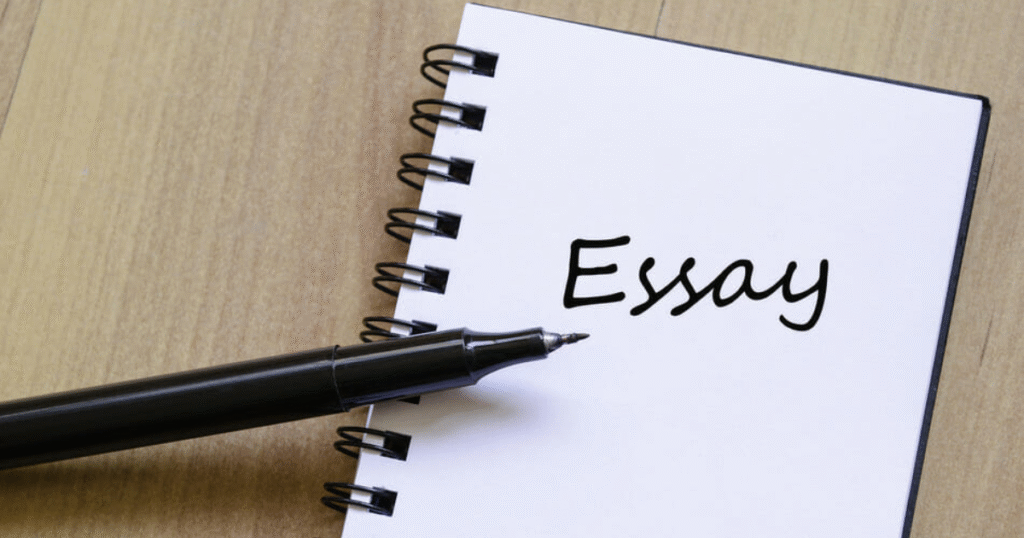The opening judgment of an essay is pivotal in landing the anthology’s attention and drawing them into the world of your jotting. A well- drafted hook can make all the difference in engaging your followership and setting the tone for the rest of your essay. In this composition, we’ll explore the art of writing a hook for an essay like a pro, furnishing you with tips, ways, and exemplifications to help you master this essential skill.
What’s a Hook?
A hook is a judgment or expression that captures the anthology’s attention and draws them into your jotting. It’s generally the first judgment or expression of your essay and serves as a gateway to the rest of your content. A good hook should be intriguing, applicable, and engaging, making the anthology want to read further.
Why is a Hook Important?
A hook is essential in essay jotting because of following reasons:
1. Grabs the anthology’s attention:
A hook captures the anthology’s attention and draws them into your jotting.
2. Sets the tone:
A hook sets the tone for the rest of your essay, establishing the mood and atmosphere of your jotting.
3. Provides a thesis statement exercise:
A hook can give a regard into your thesis statement, giving the anthology an idea of what to anticipate from your essay.

4. Differentiates your jotting:
A hook can separate your jotting from others, making it more memorable and engaging.
Types of Hooks
There are several types of hooks that you can use in your essay. Following are described as:
1. Surprising statistic or fact:
Using a surprising statistic or fact can be an effective way to snare the anthology’s attention.
2. Study- provoking question:
Asking a study- provoking question can encourage the anthology to suppose critically and engage with your content.
3. Personal yarn or story:
Participating a particular yarn or story can make your content more relatable and engaging.
4. Quotation or expression:
Using a quotation or expression can add depth and environment to your jotting.
5. Pictorial description:
Using pictorial and descriptive language can transport the anthology into your world and capture their attention.

How to Write a Hook Like a Pro?
Writing a hook requires creativity, originality, and a deep understanding of your content. Then are some tips to help you write a hook like a pro.
1. Know your followership:
Understand who your followership is and conform your hook consequently.
2. Keep it terse:
A hook should be brief and to the point, aiming for one or two rulings at most.
3. Make it applicable:
Ensure your hook is applicable to your content and content.
4. Use strong language:
Use pictorial and descriptive language to capture the anthology’s attention.
5. Trial and revise:
Do not be hysterical to experiment and revise your hook until it feels just right.
Exemplifications of Hooks:
Then are some exemplifications of hooks that demonstrate different ways.
1. Surprising statistic or fact:
” According to recent studies, over 75 of people witness anxiety or depression at some point in their lives.”
2. Study- provoking question:
” What would be if we ran out of clean water hereafter?”
3. Personal yarn or story:
” I still flash back the day I learned to ride a bike – it was a moment of pure joy and freedom.”
4. Quotation or expression:
” The only thing we’ve to sweat is sweat itself,’ said Franklin D. Roosevelt. But what if we are hysterical of the right effects?”
5. Pictorial description:
” The old, creaky rustic floorboards moaned beneath my bases as I stepped into the abandoned manse.”

Common miscalculations to Avoid:
When writing a hook, it’s essential to avoid common miscalculations that can make your content feel dull or unengaging. Then are some miscalculations to avoid
1. Avoid using clichés or overused expressions that warrant originality.
2. Ensure your hook is the right length, neither too long nor too short.
3. Make sure your hook is applicable to your content and content.
4. Avoid using general or epigonic language that fails to capture the anthology’s attention.





